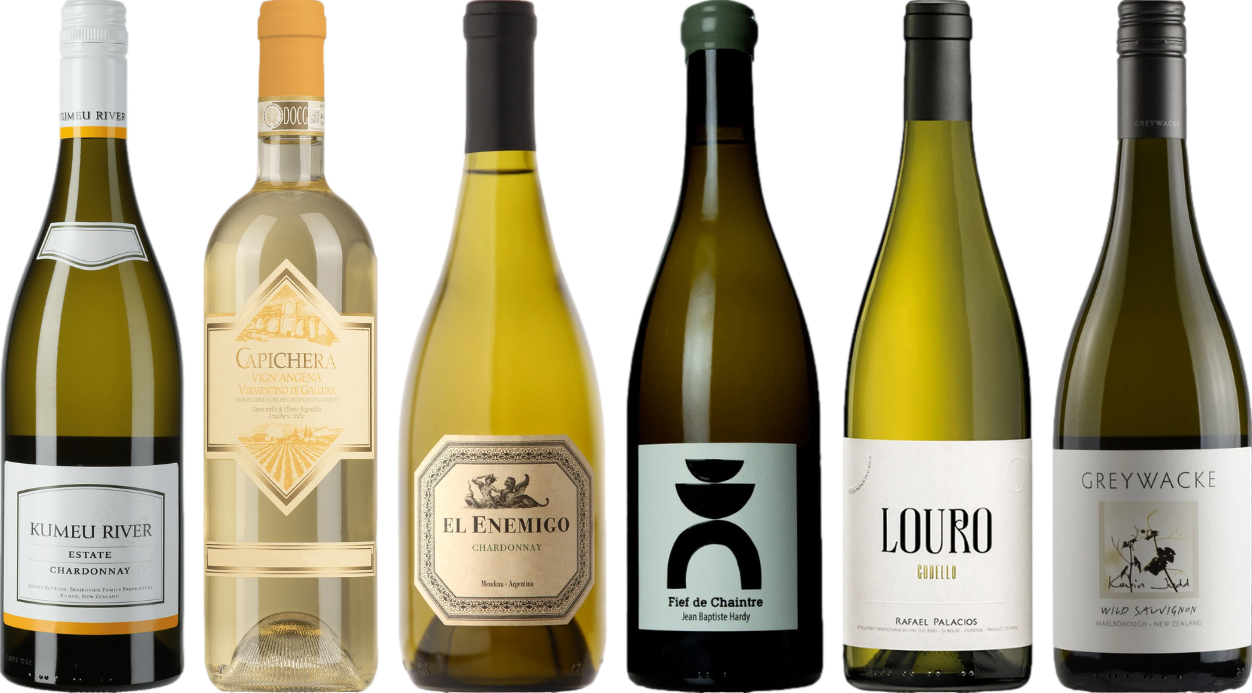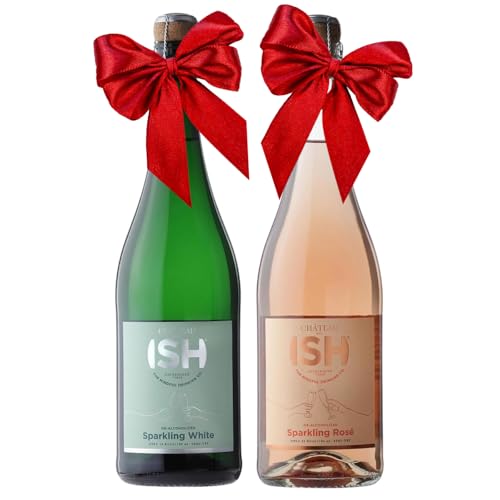



While indulging in light-colored fermented grape beverages can be a delightful experience, moderation is key. A standard glass typically contains around 120 to 150 calories, which can add up quickly if consumed frequently. Keeping track of your daily caloric intake is essential, especially if weight management is a goal. Aim to limit yourself to one glass on occasion, ensuring it fits within your dietary preferences.
Research indicates that alcoholic beverages can affect metabolism and digestion. The body prioritizes metabolizing alcohol over other nutrients, which may lead to increased fat storage if not balanced with physical activity. Pairing these drinks with a nutritious meal can help mitigate potential weight gain, as the food can slow down alcohol absorption.
Choosing lighter varieties and being mindful of portion sizes can make a difference. Opt for wines with lower sugar content, as sweetness often correlates with higher calorie counts. Always consider the overall context of your diet and lifestyle. Staying active and maintaining a balanced diet will help you enjoy these beverages without unwanted consequences.
Impact of Light Alcoholic Beverage on Body Composition
Moderation is key. Consumption of this particular beverage can lead to caloric intake that, if not balanced with physical activity, may contribute to an increase in body mass. Each standard serving contains approximately 120-130 calories, depending on the variety. Regular intake without consideration of overall diet can add up, leading to potential weight fluctuations.
Caloric Breakdown
Here’s a quick breakdown of typical caloric values:
- 5 oz serving: 120-130 calories
- Sweet varieties: Up to 200 calories per serving
- Low-alcohol options: Can have fewer calories, around 80-90 per serving
Strategies for Enjoying Responsibly
To enjoy this beverage without adverse effects on body composition, consider the following:
- Pair with lighter meals to balance calorie intake.
- Opt for smaller servings or share with a friend.
- Incorporate physical activity to offset caloric consumption.
- Choose lower-calorie options when available.
Ultimately, awareness of total dietary habits and active lifestyle choices will play a pivotal role in maintaining desired body composition while indulging in this enjoyable beverage.
Caloric Content of White Wine Explained
On average, a standard 5-ounce serving of this beverage contains approximately 120-130 calories. The exact caloric value can vary based on factors such as the type, sweetness, and alcohol content. For instance, sweeter varieties typically have a higher calorie count due to increased residual sugar.
Understanding the Breakdown
Calories in this drink primarily come from alcohol and sugar. Each gram of alcohol contributes about 7 calories, while carbohydrates add roughly 4 calories per gram. A drier choice might contain around 1-3 grams of sugar per serving, while a sweet option could exceed 10 grams, significantly impacting its overall caloric content.
Practical Recommendations
For those mindful of caloric intake, opting for drier selections can be beneficial. Additionally, moderation is key; limiting consumption to one glass can help manage overall daily caloric intake. Pairing this beverage with food can also enhance enjoyment while potentially mitigating its impact on caloric consumption.
Being aware of these details allows for more informed choices, transforming your approach to enjoying this delightful drink while considering dietary goals.
How This Beverage Affects Metabolism and Weight
Moderation is key when enjoying this beverage. Research indicates that moderate consumption can influence metabolic rate positively, aiding in fat oxidation. However, excessive intake may lead to the opposite effect, impairing metabolism and promoting fat storage. This is primarily due to the alcohol content, which can disrupt the body’s natural energy balance.
Impact on Insulin Sensitivity
Regular consumption may alter insulin sensitivity. Improved sensitivity can enhance metabolism, while reduced sensitivity can lead to increased fat accumulation. Maintaining a balanced diet alongside moderate intake can help mitigate negative effects and support metabolic health.
Caloric Surplus Considerations
Calories from this drink can contribute to a caloric surplus, especially when combined with high-calorie meals. To avoid unwanted increases in body mass, track your overall caloric intake and consider substituting lighter alternatives when enjoying meals. Balancing calorie consumption with physical activity is essential for maintaining a healthy body composition.
Comparing White Wine to Other Alcoholic Beverages
In terms of caloric intake, many individuals often overlook the numbers associated with various alcoholic drinks. A standard serving of this light beverage typically contains around 120-130 calories, depending on the style and sweetness level. In contrast, a pint of beer can range from 150 to 300 calories, especially with craft and stout varieties. Thus, choosing a glass of this light beverage may be a more weight-conscious option compared to beer.
When evaluating spirits, such as vodka or whiskey, the calorie content is generally higher per ounce, often falling between 90 to 100 calories for a shot. However, many cocktails that incorporate these spirits can be laden with additional sugars and mixers, significantly increasing their calorie count. For example, a typical cocktail can easily exceed 200-300 calories due to syrups and juices.
It’s also crucial to consider how these drinks interact with food. Light beverages can complement certain dishes without overwhelming flavors, potentially leading to smaller portion sizes. In contrast, heavier drinks might encourage larger servings or richer food pairings, inadvertently increasing caloric intake during meals.
Moreover, the alcohol content plays a role in how quickly we feel effects and how much we consume. This lighter option generally has a lower alcohol by volume (ABV) compared to many cocktails or stronger spirits, which might lead to more moderated consumption. With mindful choices, this can help manage total caloric intake during social settings.
Ultimately, understanding the caloric differences among various beverages allows for informed decisions. While this option may fit more seamlessly into a balanced diet, moderation remains key across all types of alcoholic drinks. Prioritizing quality and mindful pairing can enhance the experience without compromising dietary goals.
Impact of Serving Sizes on Caloric Intake
Focusing on portion control is key to managing caloric consumption while enjoying fermented beverages. A standard serving is typically 5 ounces, providing approximately 120 calories. However, many tend to pour larger quantities, which can significantly increase total calorie intake. For instance, a 10-ounce pour would double the caloric content to 240 calories.
It’s essential to measure portions accurately. A practical approach is using a measuring cup or a wine glass with designated markings. This method allows for better tracking of caloric intake and helps maintain a balanced diet. Remember, the more generous the pour, the more calories consumed, which can contribute to unwanted body mass over time.
Here’s a quick comparison of different serving sizes and their corresponding caloric content:
| Serving Size (oz) | Calories |
|---|---|
| 5 | 120 |
| 7 | 168 |
| 10 | 240 |
Keep in mind that enjoying smaller servings can enhance the tasting experience while minimizing caloric intake. It encourages mindfulness and allows for appreciation of the beverage’s flavors without overindulgence. Monitoring serving sizes effectively enables better control over dietary goals and overall health.
Strategies to Enjoy White Wine Without Gaining Weight
Opt for smaller portions to savor the experience while controlling caloric intake. A standard serving of 5 ounces can be a good guideline, allowing enjoyment without excess.
- Choose lower-calorie varieties. Look for labels indicating lower sugar content or select dry options to minimize caloric load.
- Pair with healthy snacks. Fresh vegetables, lean proteins, or whole grains can complement your drink without adding unnecessary calories.
- Stay hydrated. Alternate each glass with a full glass of water to maintain hydration and limit overall consumption.
- Limit frequency. Designate specific occasions for indulging rather than making it a daily habit.
- Consider the environment. Enjoy beverages in a social setting, which can enhance the experience while focusing on moderation.
Integrating these strategies can help maintain a balanced lifestyle. For those interested in more complex topics, check out this resource on how to cycle a fish tank with fish.







